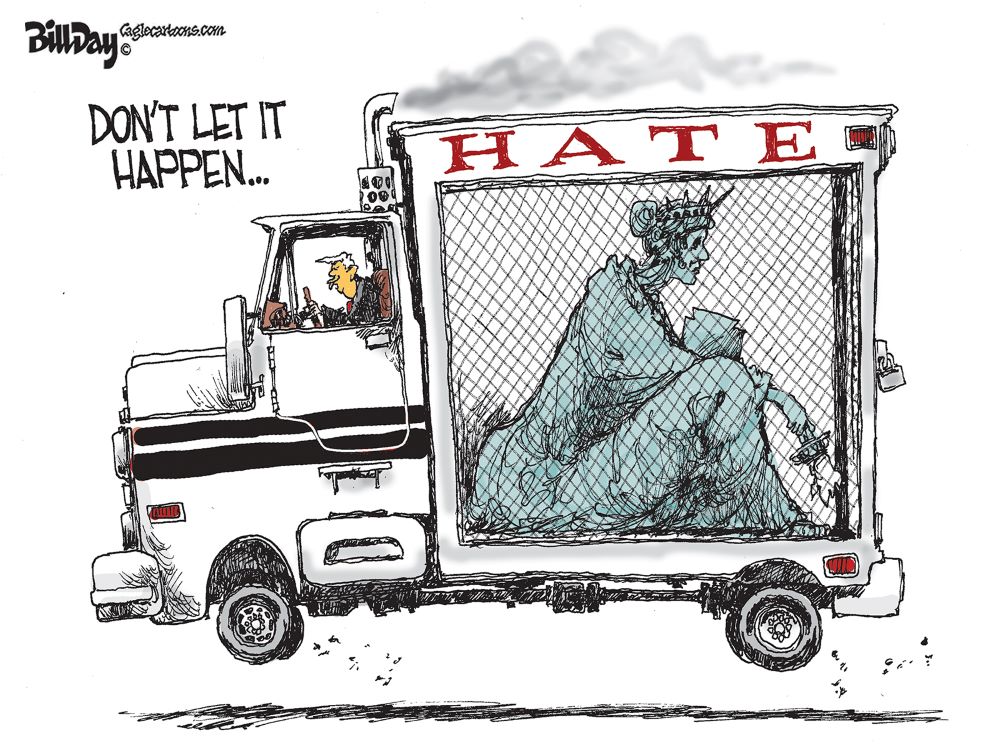
San Francisco Mayor Gavin Newsom is a mayor in the tradition of Denver’s John Hickenlooper.
Coming from a restaurant background, skeptics about his potential as mayor were outspoken and prevalent. And yet, he defied all expectations and two years ago, he got 72% of the vote in his re-election campaign that exploited a record that had attracted national attention.
When he was first elected in 2003, Mayor Newsom was seen by many as a young, inexperienced businessman who had made his political name by promising to slash welfare checks to the homeless. He was expected to be part of the “downtown crowd” who elected him and to continue the blatant patronage of his political mentor, Mayor Willie Brown.
Investing His Popularity
By the time of his re-election campaign, one of San Francisco’s youngest mayor still fights the image of a silver spoon liberal, but along the way, he ended up being politically courageous and progressive, dynamiting the culture of cronyism and influence-peddling in City Hall. His most dramatic moment was when he put all his political chips on the line less than two months into his term when he ordered city government to issue marriage licenses for same-sex couples.
Few mayors are more wonkish than Mayor Newsome, who can cite “best practices,” mindlessly quote a blizzard of statistics, and cannot resist his affinity for new programs of the week. While he sometimes falls short on execution and he needs to develop a thicker skin, he cannot be faulted for thinking big, like universal health care for all citizens of San Francisco.
It is the good will from same sex marriages that propelled him into easy re-election that healed much of the bitter divisions that had characterized his hometown. To follow up, he walked the picket lines with locked-out hotel workers and developed a health care plan for 82,000 uninsured residents. Both actions angered business leaders.
Getting Priorities Right
Mayor Newsom delivered on his promise to make the city “greener” by planting more than 17,500 trees and pushing for rigorous green building standards. He helped to strengthen the economy by luring biotech companies and lobbying successfully to bring the state’s new stem cell center to the city, and worked to cut bureaucracy and make government more accessible by establishing a 311 line that connects callers to a live operator who provides information about city services.
The mayor considers his efforts on homelessness to be one of his crowning achievements, with more than 2,000 people being moved off the streets and into housing under his watch, according to statistics provided by his office.
While his admission of a drinking problem and the betrayal of a political aide by having an affair with his wife, it’s hard to see his apologies as much political baggage in a town known for its liberal attitudes.
Results
Instead of trying to gain mayoral control of the school district or allow the state to take it over, like some mayors have done, Mayor Newsom has worked with the district to improve public schools. This collaboration has led to San Francisco schools being recognized as among the highest-achieving urban schools in the nation.
While school districts throughout California are laying off teachers, San Francisco is giving teachers a raise and helping to fund important programs like school Wellness Centers and after-school study programs. San Francisco has already implemented universal pre-school, and Newsom is now working in partnership with the California State University system to help lower drop-out rates and promote even greater student achievement by guaranteeing a place at San Francisco State University and initial tuition support for every public school student who works to meet the entrance requirements.
The Environmental Protection Agency has rated San Francisco #2 in the nation in terms of energy-efficient commercial buildings – nearly equaling Los Angeles, a city four times as large. The city has one of the most aggressive local solar incentives in America and among the highest recycling rate in the nation.
One Of The Best
It has lowered carbon emissions well below levels called for in the Kyoto Protocol, and verified these numbers with third-party data. Newsom has helped attract more than $500 million to clean up and convert former industrial and military sites. And through comprehensive job training, he is working to make sure that the growing green economy includes those who were once locked out of the old industrial economy.
While the bond rating of the State of California was reduced to one of the lowest in the nation, San Francisco’s bond rating was increased.
Mayor Newsom has been called “one of the best mayors in America” by Newsweek because he has not been afraid to make bold reforms. San Francisco has implemented comprehensive government accountability reform and increased public service through innovations like a central 311 line to access government services.
Lessons
Under Mayor Newsom’s leadership, the San Francisco Police Department met its mandated staffing level for the first time, while keeping young people out of state prison and moving them into job training to reduce recidivism. Meanwhile, technologies like “Shot Spotter” and crime mapping have been keys to a 20% drop in crime since March, 2008 (homicides are down 60.7% in that same time).
For us, the lessons of Mayor Newsom’s leadership are that there is a political payoff to staking out the high moral ground, to rooting out corruption wherever it is found, to admitting mistakes quickly and to emphasizing action and decisiveness.
Most of all, he understands that the culture of City Hall is one of the biggest enemies to a candidate of change, because bureacrats adopt the language of the new mayor but don’t change their behavior, instead trying to wait him out.
From policies to shake up the police department to removing costly cronies of the previous mayor, Mayor Newsom has come to realize how hard it is to change attitudes and the productivity of the public sector, but he realizes that he must do it nonetheless.

